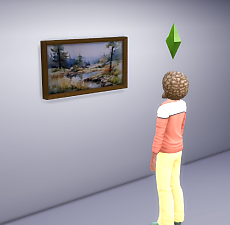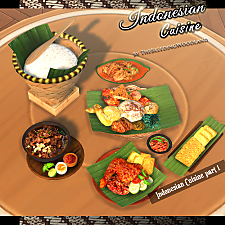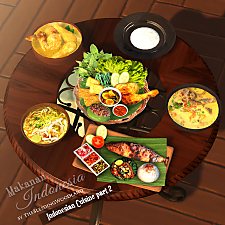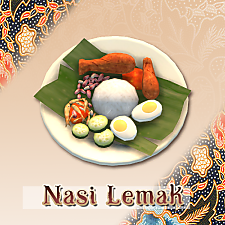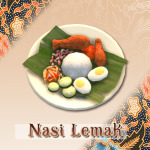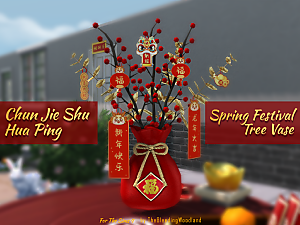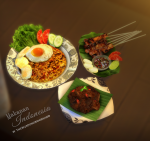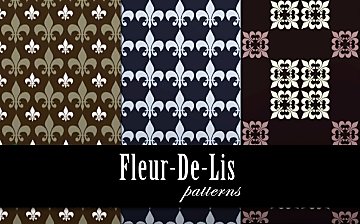 Indonesian Paintings Part 2
Indonesian Paintings Part 2

INDONESIAN-PAINTING-PART-2-GIF.gif - width=1000 height=766

9.png - width=720 height=720

10.png - width=720 height=720
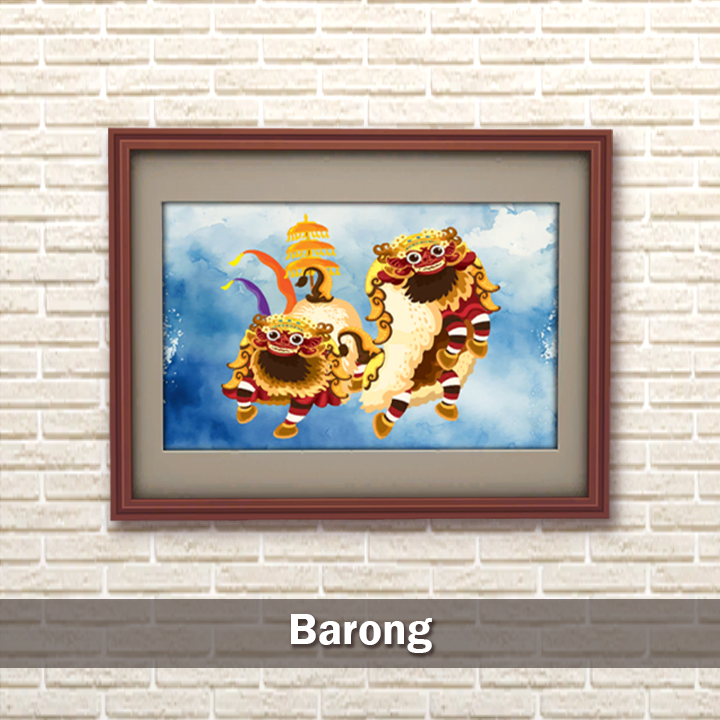
11.png - width=720 height=720

12.png - width=720 height=720

13.png - width=720 height=720

14.png - width=720 height=720

15.png - width=720 height=720

16.png - width=720 height=720

PuraDiKalaSenja.png - width=2614 height=868

PemandanganPuraBali.png - width=1172 height=974

Barong.png - width=2799 height=1200

WanitaDanSesajen.png - width=2160 height=1180

HariRayaWaisakDiCandiBorobudur.png - width=2160 height=1180

Wanita & Pria Berpakaian Adat Jawa.png - width=1265 height=1046

PenariBali.png - width=2751 height=1180

UpacaraMelasti.png - width=2560 height=868

Indonesian Painting Part 2.png - width=1341 height=1080
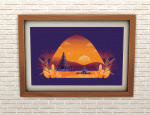


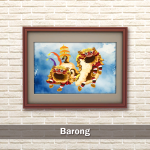














*Adding more Southeast Asia representation for The Sims 4: For Rent Expansion Pack*
*Also, today 17th August is celebration of Independence Day of Indonesia* 🇮🇩
Base Game compatible, no Expansion Pack needed.
- This Part 2 consists of 8 Paintings.
- The paintings are cloned from Base Game with same price as the originals.
- The swatches are same as the originals. The only things I changed are the images for paintings & size of some painting frames a bit to fit to the image ratio.
- The images for paintings are not made by me. The images are free stocks from Freepik.com and purchased from Shutterstock.com
- Copyrights of images are the respective artists from each stock image providers.
Can be found on Decorations > Paintings & Posters
Pura Di Kala Senja
Pura At Sunset
Pura is a Balinese Hindu temple and the place of worship for adherents of Balinese Hinduism in Indonesia.
Pemandangan Pura Bali
Pura Bali Landscape
Pura is a Balinese Hindu temple and the place of worship for adherents of Balinese Hinduism in Indonesia.
Barong
Barong is a panther-like creature and character in the Balinese mythology of Bali, Indonesia.
He is the king of the spirits, leader of the hosts of good, and enemy of Rangda, the demon queen and mother of all spirit guarders in the mythological traditions of Bali.
The battle between Barong and Rangda is featured in the Barong dance to represent the eternal battle between good and evil.
Wanita & Sesajen
Woman & Food for Ritual Offerings
The tradition of munggah sesajen, or the laying of offerings, is a ritual tradition connected to a belief in the supernatural.
Munggah sesajen is performed at specific times, such as during weddings, rice harvest celebrations, circumcisions, sea harvesting, thanksgiving ceremonies, and many more.
According to anthropologist Argo Twikromo, offerings are considered a normal practice aimed at connecting humans with nature and humans with God.
Hari Raya Waisak di Candi Borobudur
Waisak Day at Borobudur Temple
Waisak (well known as Vesak worldwidely) is a day to celebrate Buddha’s birth, enlightenment and death. It’s an important day for the Buddhist countries in Asia, celebrated in their own way on a chosen day which is based on their Buddhist philosophy.
In Indonesia, it’s a public holiday called “Hari Raya Waisak“, usually a full-moon day in May is chosen every year.
And the holiest and lively Buddhist festival is held on the day in Borobudur, a small town where has the world’s biggest ancient Buddhist temple.
During the festival, a lot of Buddhist monks and Buddhists visit Borobudur not only from other cities in Indonesia but also from all over the world. They pray and meditate in the temples, parade from Mendut Temple to Borobudur Temple in daytime. At the night, thousands of lanterns fly over the lit-up Borobudur Temple with their wishes under the full-moon.
Wanita & Pria Berpakaian Adat Jawa
Woman & Man Wearing Javanese Traditional Clothes
Busana Adat Jawa, or Javanese traditional clothing, is an important aspect of Javanese culture that has been passed down from generation to generation.
It can also be said that Javanese traditional clothing is a reflection of Javanese culture, values, and beliefs.
This clothing is an integral part of Javanese identity and is often worn on important occasions such as weddings, traditional ceremonies, and cultural festivals.
The philosophy behind Busana Adat Jawa is the harmony between inner and outer selves. It emphasizes the importance of balance and self-awareness, which is reflected in the design, color, and fabric of the clothing. The balance between inner and outer selves is also related to the Javanese concept of “rupa” or appearance, which is the manifestation of one’s inner character.
There are various types of Busana Adat Jawa, each with a unique style and function. The most popular types include kebaya, baju kurung, and batik. Kebaya is a traditional blouse usually made of cotton or silk and worn with a long skirt or sarong. Baju kurung is a loose-fitting blouse worn with a long skirt or batik fabric. Meanwhile, batik is a textile art that involves using wax on fabric before dyeing to create intricate patterns.
The colors and fabrics used in Busana Adat Jawa also have significant meanings. For example, white represents purity, while red symbolizes courage and spirit. The use of certain fabrics is also related to specific events or occasions. For instance, kebaya is often worn at weddings and formal events, while batik is more commonly worn for everyday attire.
Penari Bali
Balinese Dancer
Balinese dance (Indonesian: tarian Bali; (igélan Bali)) is an ancient dance tradition that is part of the religious and artistic expression among the Balinese people of Bali island, Indonesia.
Balinese dance is dynamic, angular, and intensely expressive. Balinese dancers express the stories of dance-drama through bodily gestures including gestures of fingers, hands, head, and eyes.
There is a great richness of dance forms and styles in Bali; and particularly notable are those ritualistic dance dramas which involve Rangda, the witch, and the great beast Barong. Most of the dances in Bali are connected to Hindu or traditional folk rituals, such as the Sanghyang Dedari sacred dance that invokes benevolent hyang spirits, believed to possess the dancers in a trance state during the performance.
Other Balinese dances are not linked to religious rituals and are created for certain occasions or purposes, such as the Baris or Pendet welcoming dances and Joged dance, which is a social dance for entertainment.
Upacara Melasti
Upacara Melasti is a beautiful Balinese purification ceremony, held before Nyepi (Day of Silence).
During this ritual, the Balinese head to beaches or water sources, carrying sacred temple artifacts to cleanse them.
It's a spiritual preparation for the New Year, symbolizing purification of the world and self. A harmonious blend of nature, faith, and tradition.
| Filename | Type | Size |
|---|---|---|
| TheBleedingWoodland_TS4_IndonesianPaintingsPart2.zip | zip | |
| TheBleedingWoodland_TS4_IndonesianPainting_Barong.package | package | 770608 |
| TheBleedingWoodland_TS4_IndonesianPainting_HariRayaWaisakDiCandiBorobudur.package | package | 365855 |
| TheBleedingWoodland_TS4_IndonesianPainting_PemandanganPuraBali.package | package | 556856 |
| TheBleedingWoodland_TS4_IndonesianPainting_PenariBali.package | package | 756500 |
| TheBleedingWoodland_TS4_IndonesianPainting_PuraDiKalaSenja.package | package | 1198406 |
| TheBleedingWoodland_TS4_IndonesianPainting_UpacaraMelasti.package | package | 729575 |
| TheBleedingWoodland_TS4_IndonesianPainting_WanitaDanSesajen.package | package | 427484 |
| TheBleedingWoodland_TS4_IndonesianPainting_WanitaPriaBerpakaianAdatJawa.package | package | 269476 |
|
TheBleedingWoodland_TS4_IndonesianPaintingsPart2.zip
Download
Uploaded: 17th Aug 2024, 4.68 MB.
906 downloads.
|
||||||||
| For a detailed look at individual files, see the Information tab. | ||||||||
Install Instructions
1. Download: Click the File tab to see the download link. Click the link to save the .rar or .zip file(s) to your computer.
2. Extract: Use 7zip (Windows) to extract the file(s) from the .rar or .zip file(s).
3. Cut and paste the file(s) into your Mods folder
Need more information?
- My Documents\Electronic Arts\The Sims 4\Mods\
- Anyone can use both .rar and .zip files easily! On Windows, use 7zip!
- If you don't have a Mods folder, just make one.
Loading comments, please wait...
Uploaded: 17th Aug 2024 at 9:14 AM
Updated: 19th Aug 2024 at 4:55 PM
#indonesia, #indonesian, #southeast asian, #painting, #cultural, #traditional, #asian, #for rent, #tomarang, #pura, #bali, #woman, #temple, #java, #balinese dancer, #art
-
by Wykkyd 13th Feb 2021 at 12:07am
 3
4.7k
16
3
4.7k
16
-
Nostalgia, a Watercolor Painting
by Deastrumquodvicis 6th Apr 2023 at 7:20pm
 +1 packs
1.2k 9
+1 packs
1.2k 9 Strangerville
Strangerville
-
by TheBleedingWoodland 20th Jan 2024 at 2:27pm
 2
7.6k
10
2
7.6k
10
-
by TheBleedingWoodland 21st Jan 2024 at 8:48pm
 1
7.7k
8
1
7.7k
8
-
by TheBleedingWoodland 4th Aug 2024 at 2:07pm
 2
2.1k
2
2.1k
-
Ukiran Wayang -- Indonesian Carving Wall Hanging
by TheBleedingWoodland 4th Aug 2024 at 2:51pm
 2
1.2k
2
1.2k
-
by TheBleedingWoodland 17th Aug 2024 at 6:51am
 1.3k
1
1.3k
1
-
by TheBleedingWoodland 18th Jun 2020 at 8:54am
*Today is my birthday, so I upload my old CC & Mods to MTS* *This CC was made and more...
 5
5.4k
20
5
5.4k
20
-
by TheBleedingWoodland 24th Feb 2024 at 3:34am
 1.9k
6
1.9k
6
-
by TheBleedingWoodland 15th Jan 2024 at 4:41pm
 3
3.1k
7
3
3.1k
7
-
Chun Jie Shu Hua Ping (Spring Festival Tree Vase)
by TheBleedingWoodland updated 19th Feb 2024 at 5:19pm
 3
2.3k
15
3
2.3k
15
-
Nasi Goreng, Rendang, Sate -- Indonesian Food Decorations
by TheBleedingWoodland 27th Jul 2024 at 4:07am
 3.9k
1
3.9k
1
-
by TheBleedingWoodland 24th Jun 2020 at 5:18pm
*Reuploaded* *This CC was made and first uploaded on September 19, 2013* Today, the fleur-de-lis is mostly decorative except more...
 1
3.2k
8
1
3.2k
8
-
by TheBleedingWoodland 18th Jun 2020 at 5:46pm
*Today is my birthday, so I upload my old CC & Mods to MTS* *This CC was made & first more...
 +1 packs
3 6.9k 19
+1 packs
3 6.9k 19 University
University
-
by TheBleedingWoodland 17th Aug 2024 at 6:51am
 1.4k
1
1.4k
1
-
Chinese Dragon Lamp from Sims 3 Store Gold & More Recolours
by TheBleedingWoodland 5th Feb 2024 at 5:12pm
 5
2.6k
14
5
2.6k
14
-
TS3 World Adventures - Chinese Chopsticks Longer & Texture Replacement Mod
by TheBleedingWoodland 30th Jul 2024 at 10:59pm
About Me
You can see more my TS3CC & TS4CC Downloads on my Tumblr thebleedingwoodland .
My newer quality downloads on my blog The Bleeding Woodland

 Sign in to Mod The Sims
Sign in to Mod The Sims




















